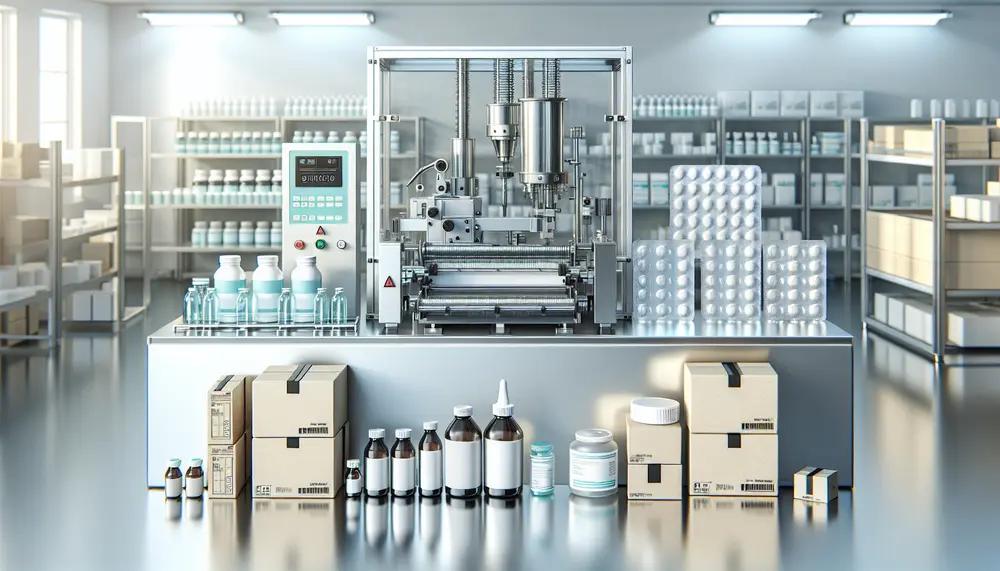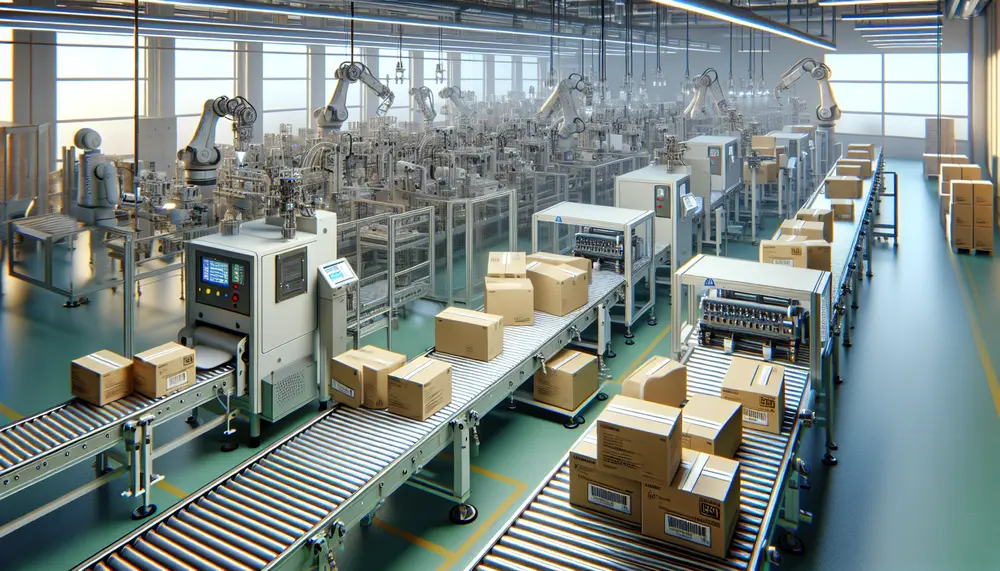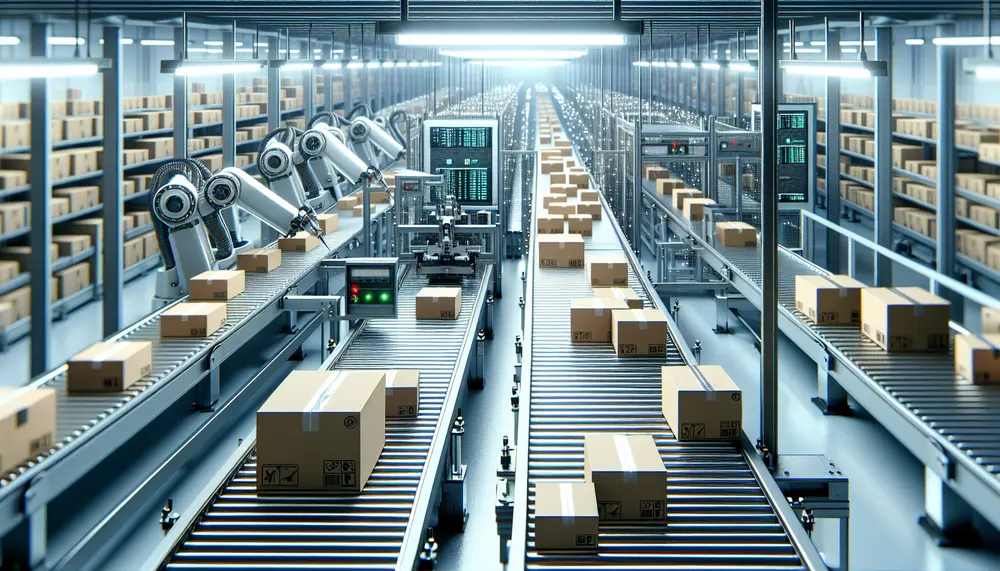Labeling Machine
Labeling Machine
Labeling Machine
A labeling machine is a device used in the packaging industry to apply labels to products, containers, or packages. These machines are essential for providing information such as product details, barcodes, and branding.
Types of Labeling Machines
There are various types of labeling machines, each designed for specific tasks. Common types include:
- Automatic Labeling Machines: These machines apply labels without human intervention, ideal for high-speed production lines.
- Semi-Automatic Labeling Machines: These require some manual input but still offer speed and accuracy.
- Manual Labeling Machines: Best for small-scale operations, these machines need full manual operation.
How Labeling Machines Work
Labeling machines work by feeding labels from a roll or sheet and applying them to the product. The process involves:
- Feeding: The machine pulls labels from a roll or sheet.
- Positioning: The product is positioned correctly for label application.
- Applying: The label is applied to the product surface.
- Smoothing: The label is smoothed to ensure it sticks properly.
Benefits of Using Labeling Machines
Using a labeling machine offers several benefits:
- Efficiency: Speeds up the labeling process, especially in high-volume production.
- Accuracy: Ensures labels are applied correctly and consistently.
- Cost-Effective: Reduces labor costs and minimizes errors.
Choosing the Right Labeling Machine
When selecting a labeling machine, consider factors like production speed, label type, and product size. For instance, an automatic labeling machine is ideal for large-scale operations, while a manual one suits small businesses.
Conclusion
A labeling machine is a crucial tool in the packaging industry. It enhances efficiency, accuracy, and cost-effectiveness. Understanding the different types and how they work can help you choose the right machine for your needs.
Blog Posts with the term: Labeling Machine

Packaging and packing are distinct processes in goods transportation; packaging focuses on product protection and presentation, involving design for brand identity, while packing is about enclosing products for safe distribution. Primary, secondary, and tertiary packaging provide different levels of protection...

Pharmaceutical packaging equipment is essential for maintaining the safety, integrity, and efficacy of medications by adhering to strict regulatory standards. This includes a variety of machines like blister pack machines, bottle filling machines, and labeling systems that ensure protective containment...

Pharmaceutical packaging lines are essential in the pharmaceutical industry, ensuring drugs are safely and securely packaged to maintain their integrity and comply with stringent regulations. These systems incorporate advanced technologies like robotics, AI, and track-and-trace systems to enhance operational efficiency...

Advanced packaging equipment is essential for businesses to remain competitive, offering benefits like reduced labor costs and waste, while adapting to market changes. Investing in modern solutions enhances productivity and efficiency. Packaging machinery varies from case erectors to inspection systems; understanding...

Packaging responsibilities in the supply chain involve selecting appropriate materials and designs for product protection, branding, compliance with legal standards, and reverse logistics. Sustainable packaging practices are crucial for environmental responsibility and can offer cost savings and competitive advantages. Efficiency in...

Pharmacy vial packaging must comply with strict regulations for child-resistance, tamper-evidence, material safety, labeling, traceability, and environmental standards. Choosing advanced vial systems with features like universal caps and integrated security enhances both compliance and patient safety....
